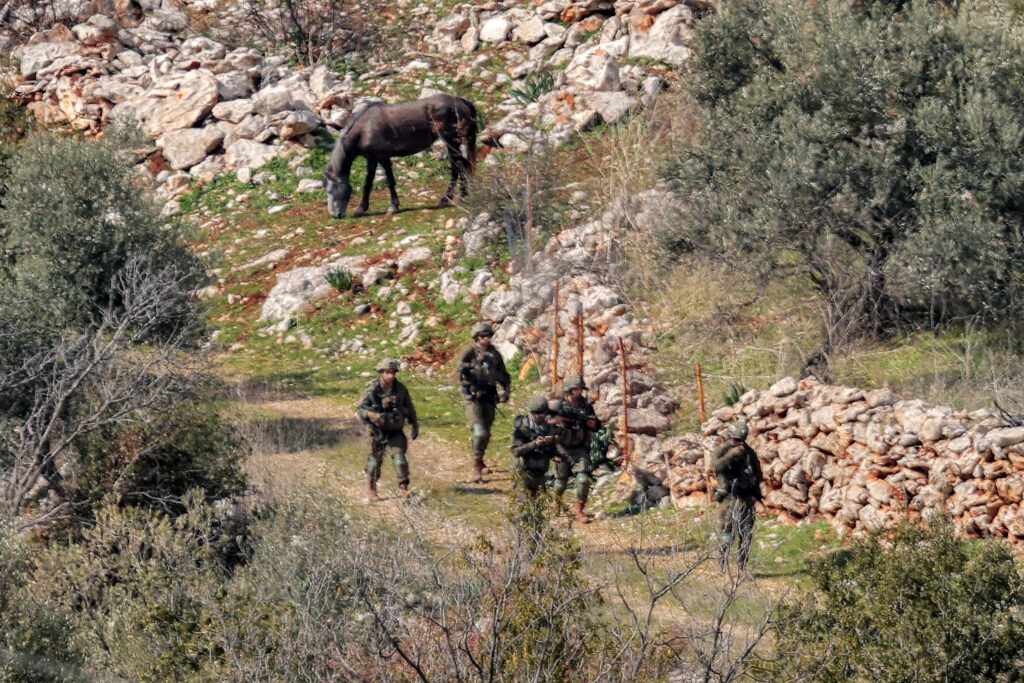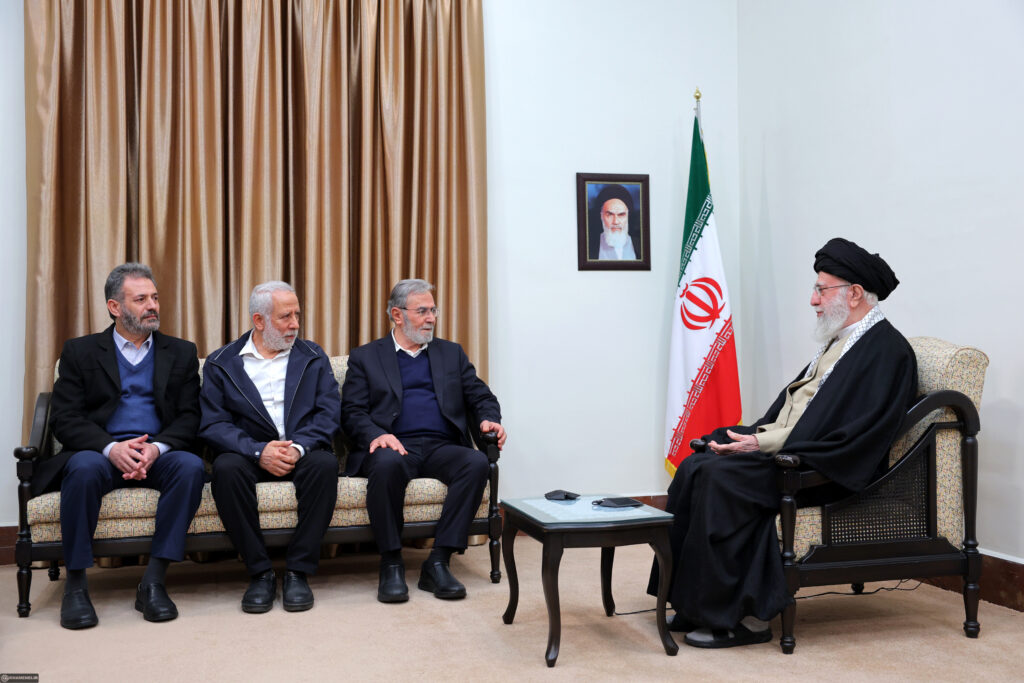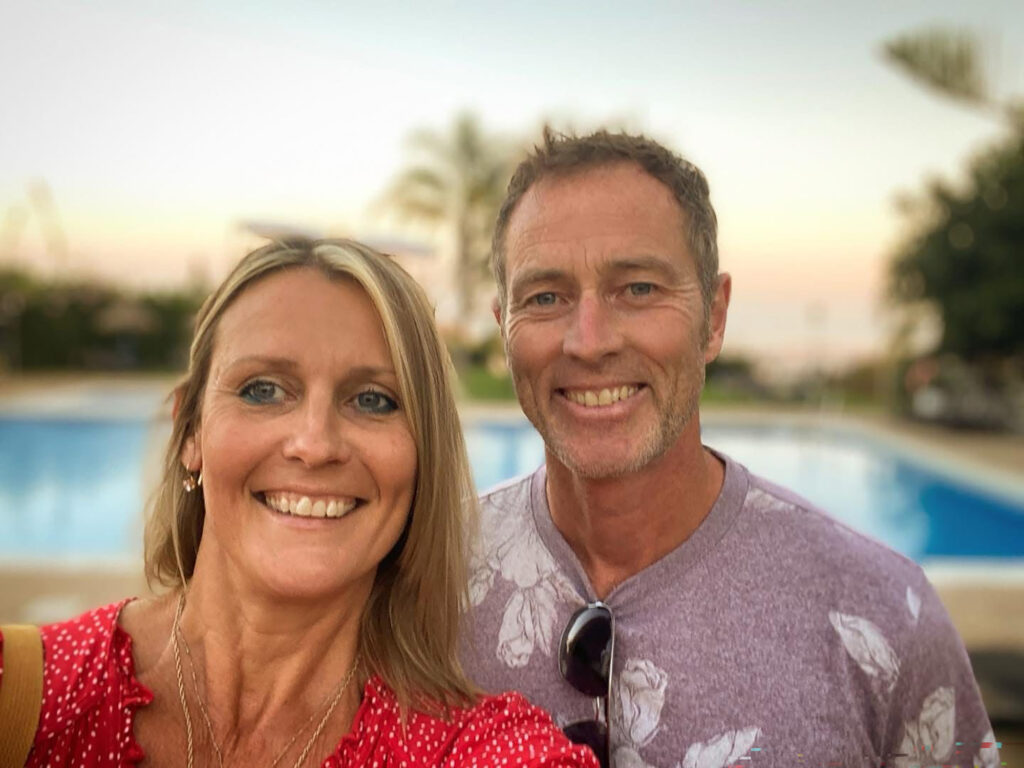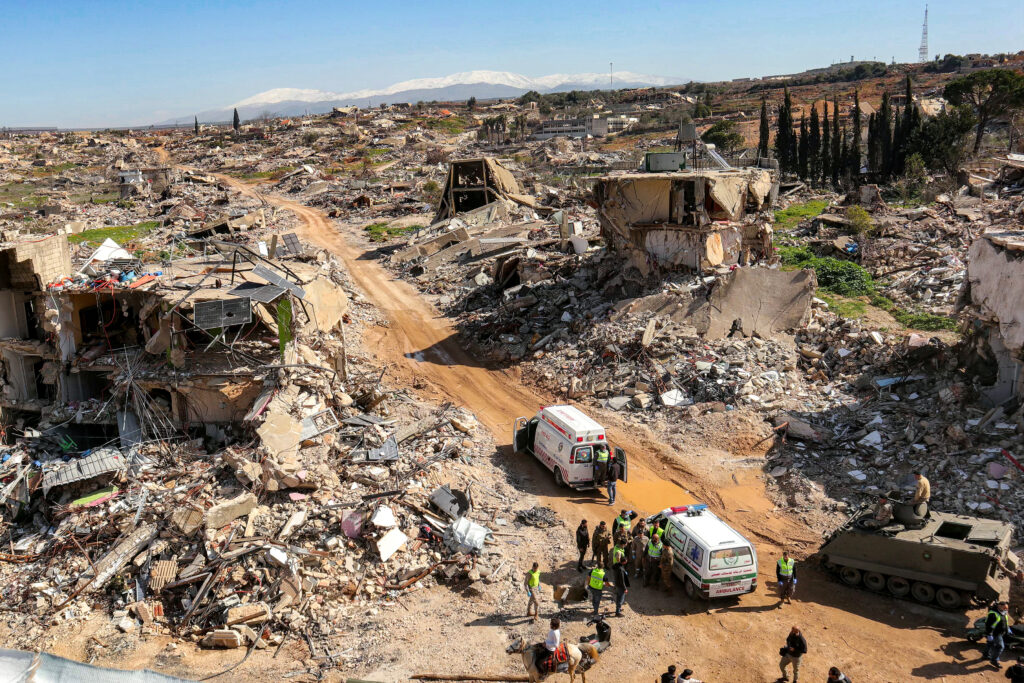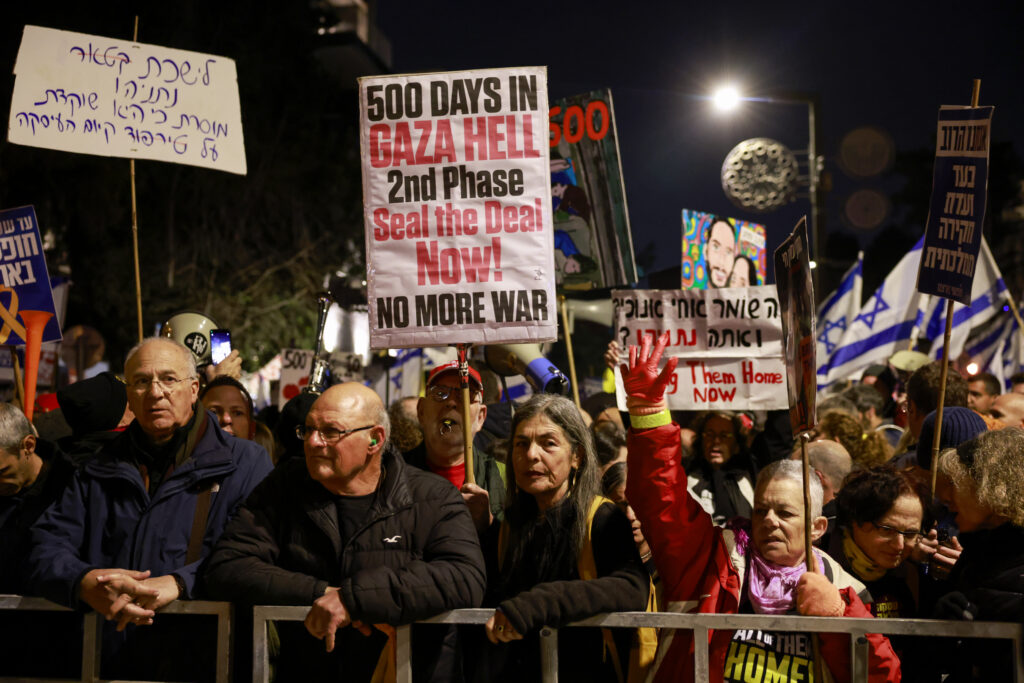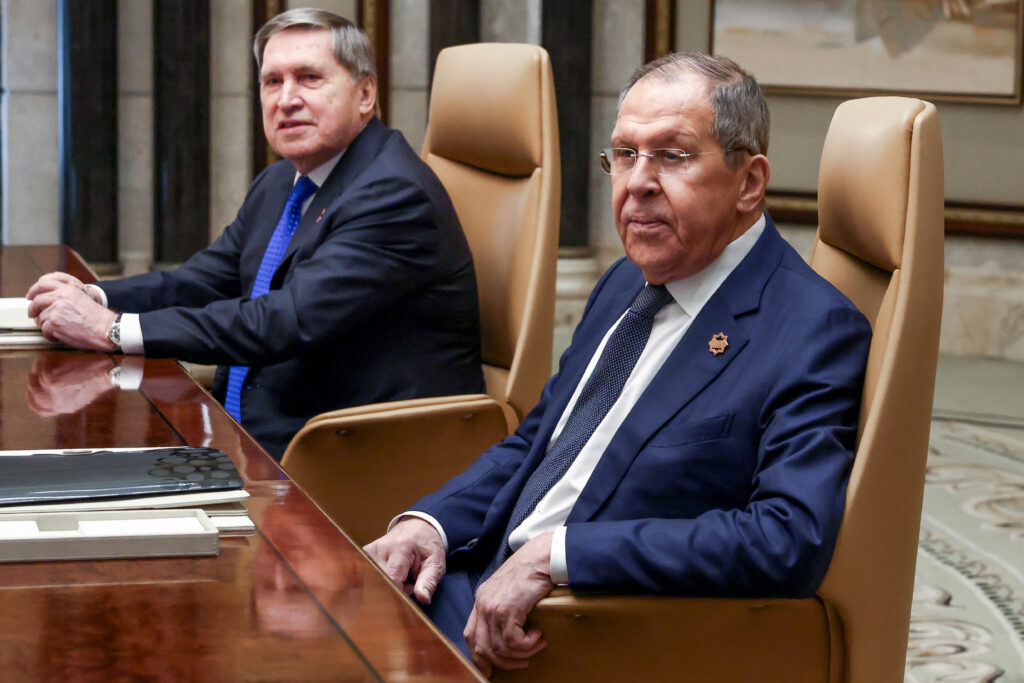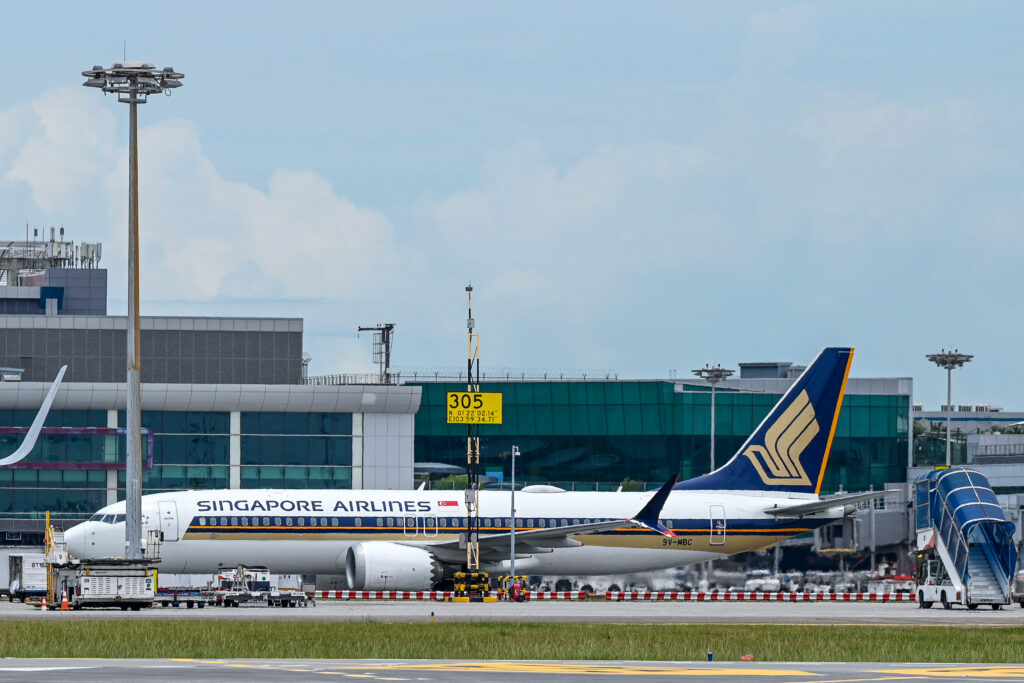Lebanon presses for full Israeli withdrawal as troops remain in 5 places
Lebanese leaders said they were in contact with the United States and France to press Israel to fully withdraw, branding its continued presence in five places an “occupation” after a ceasefire deadline expired on Tuesday.The UN called the incomplete pullout a violation of a Security Council resolution, though it has allowed many displaced residents to return to devastated border villages after more than a year of hostilities between Israel and Hezbollah.It has also enabled the emergency services to retrieve bodies from previously inaccessible areas. Lebanon’s civil defence agency said it had recovered 23 corpses from border villages.Lebanese President Joseph Aoun said the government was in contact with truce brokers the United States and France to press Israel to complete its withdrawal, after an initial late January deadline set under the deal was already extended.Decision-makers are “unified in adopting the diplomatic option, because nobody wants war”, Aoun said in a statement.Earlier, Aoun joined the prime minister and the speaker of parliament in declaring that any Israeli presence on Lebanese soil constituted an “occupation”.In a statement, they said the government would ask the UN Security Council to require Israel to leave, saying Lebanese armed forces were ready to assume duties on the border, and that Beirut had “the right to adopt all means” to make Israel withdraw.In the south, residents returned to homes, farms and businesses damaged in the fighting, which included two months of full-blown war before the ceasefire too effect on November 27.”The entire village has been reduced to rubble. It’s a disaster zone,” said Alaa al-Zein from Kfar Kila.Israel announced just before the deadline that it would keep troops in “five strategic points” near the border. The army said they were hilltops overlooking the frontier where troops would remain to “make sure there’s no immediate threat”.Foreign Minister Gideon Saar said they would withdraw “once Lebanon implements its side of the deal”.- ‘Whole village’ returning -The Lebanese army said that since Monday it had deployed in 11 southern border villages and other areas which Israeli troops had vacated.The official National News Agency said two people were found alive in Kfar Kila, three months after contact was lost. One was a Hezbollah fighter thought to have been killed.The news agency said “enemy forces” set off a powerful explosion outside the village of Kfarshuba.UN envoy Jeanine Hennis-Plasschaert and the UN peacekeeping force said that at “the end of the period set” for Israel’s withdrawal and the Lebanese army’s deployment, any further “delay in this process is not what we hoped would happen”.In a joint statement, they said it was a violation of the Security Council resolution that ended a previous war between Israel and Hezbollah.In Lebanon, the cost of reconstruction is expected to top $10 billion, while more than 100,000 people remain displaced, according to UN figures.Despite the devastation, returning resident Zein said his fellow villagers were adamant about going home.”The whole village is returning, we will set up tents and sit on the ground” if need be, he said.- ‘Embrace the land’ -Others were going south to search for missing relatives under the rubble.The civil defence agency said “specialised teams” removed 23 bodies from several newly accessible villages, including 14 from Mais al-Jabal and three from Kfar Kila.Samira Jumaa arrived in the early hours to look for her brother, a Hezbollah fighter killed in Kfar Kila with others.”I’ve come to see my brother and embrace the land where my brother and his comrades fought,” she said.Hezbollah strongholds in south and east Lebanon, as well as in south Beirut, suffered heavy destruction during the hostilities launched by Hezbollah in support of ally Hamas during the Gaza war.Under the ceasefire, Lebanon’s military was to deploy alongside UN peacekeepers as the Israeli army withdrew over a 60-day period that was later extended.Hezbollah was to pull back north of the Litani River, about 30 kilometres (20 miles) from the border, and dismantle remaining military infrastructure in the south.Since the hostilities began in October 2023, more than 4,000 people have been killed in Lebanon, according to the health ministry.On the Israeli side of the border, 78 people have been killed, including soldiers, according to an AFP tally based on official figures. Another 56 troops were killed during the ground offensive inside Lebanon.Around 60 people have reportedly been killed in Lebanon since the truce began, two dozen of them on January 26 as residents tried to return to border towns on the original deadline for Israel’s withdrawal.
